Taroudant, The Modern Allure of An Ancient Culture
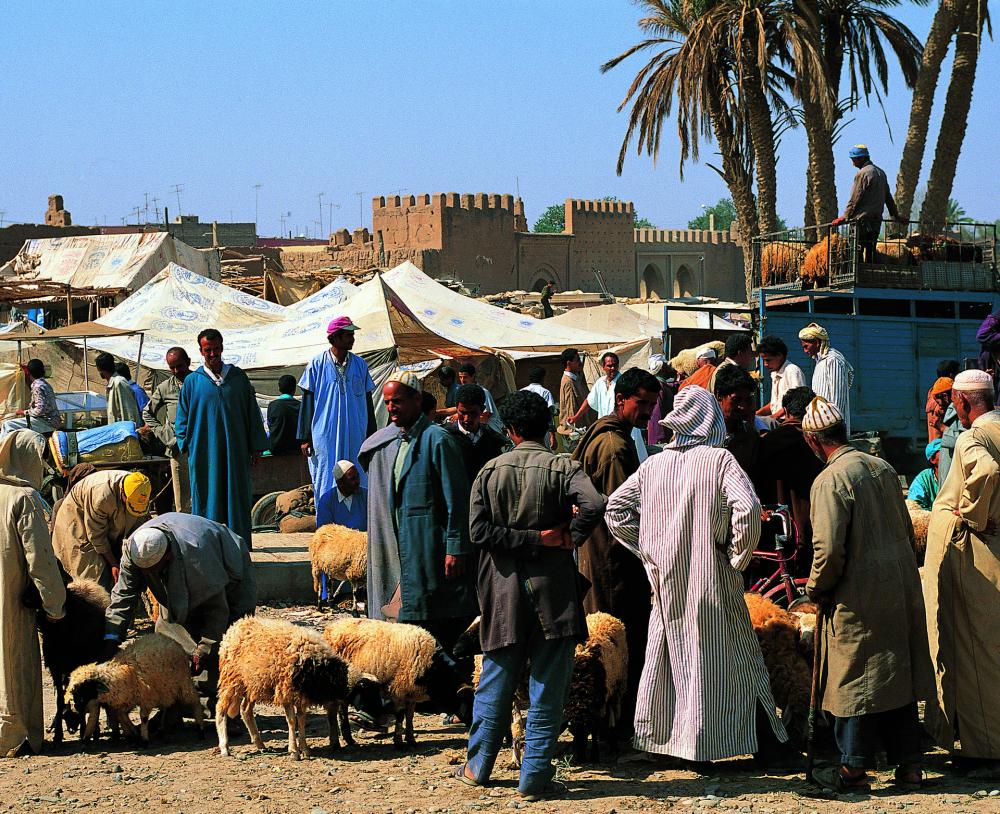
The city strategic location in the Sous Valley at the southern part of Morocco served as one of the market outlet for numerous Sahara caravan as well a flourishing business with Canary Island mainly started by the Jews that emigrated from the Iberian Peninsula. Jews make their way toward North of Africa sometime in 1391 long before the expulsion by Catholic monarchs King Ferdinand and Queen Isabella in 1492 under the “Spanish Inquisition” as a way to escape from prosecution or forced conversion of their faith. Their emigration towards the Sahara and “rural south” is to find places that can provide the atmosphere of greater tolerance to maintain their Jewish practices. The cemetery in Taroudant host many graves that can still see the Hebrew inscribe on certain graves, which a testimony of many text and study done on their contribution on commerce as merchants and financiers in the Tran Saharan trade route. In this big and still functioning cemetery, Jewish saint, david ben baruk Cohen Azog is the most famous grave.

Taroudant is under the oasis region of Agadir – Tissint is part of Jbel Bani province of south Tata and the Anti-Atlas mountain range. This area is famous for it hot, arid and unpredictable rain fall but is rescue by the narrow and steep Jbel Bani appearances of numerous fissures surface in which water from the Atlas can be channel southward to form oasis. In the writing of Roger Louis Martinez, the Sous Valley is one of “the most important sugar center” in the west established by the Arabs in work of Abu Hanifa who died in 895. In the recent few decades, the Sous Valley faces many challenges post by progressive human activities development and agriculture expansion. Deteriorating of the water quality and the depleting of the ground water level, the water from the Atlas manage to re-charge and maintain it soil position.
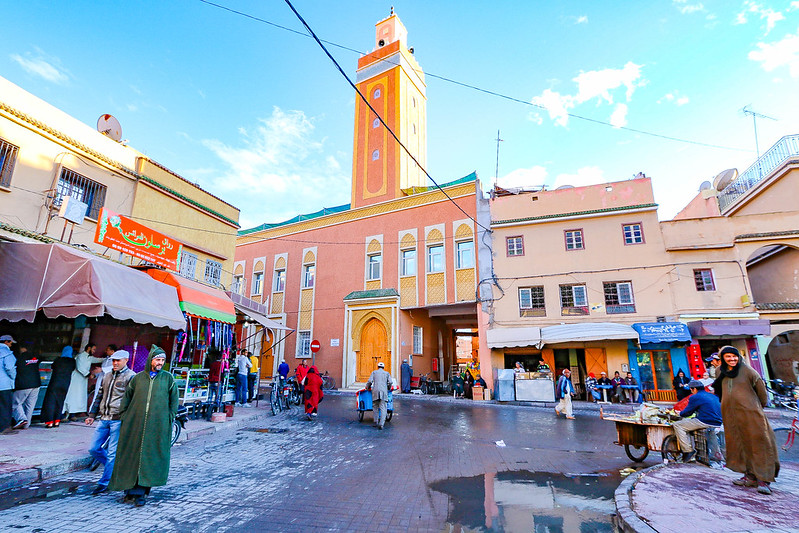
Today, the city is very much identified with it nick name “The Grandmother Of Marrakech” or “Little Marrakech” is due to its historical importance of playing host as the capital city for various Islamic dynasty starting from the Almovarids to 16th century, Saadian. It is during the Saadian dynasty, led by Mohammed Ash-Sheikh Saadi, which built the current design wall and enclosed the entire city within it. It is here at Taroudant, that the Saadian make it first capital before it was moved to Marrakech. It is the oldest wall in Morocco and third in the world.
The defensive rampart is for military purposes. It stands 8 to 10 meters in height, 1.5 to 4 meters thickness and a total 8 kilometres long. There are more than 100 crenels used to keep watch or protection against attacking enemies, especially the Portuguese.
Taroudant become an identity with its many advantages and continue to flourish in a big way during the 11th century when gold and silver mine was found. Today it is still very much retained its small caravan trading post charm of the 16th century with many absence of basic institution and services. “We’re a lot less in the real world here,” says Chris O’Byrne, a French journalist who owns the Aziyade maison d’hôte and worked in Paris for many years for the lifestyle magazine Cote Sud. Nevertheless, many European and even the Pahlavi with her husband, the Shah on exiled make Taroudant as their homes, as what she said, it reminds her of her childhood in Tehran in the 40’s and 50’s.
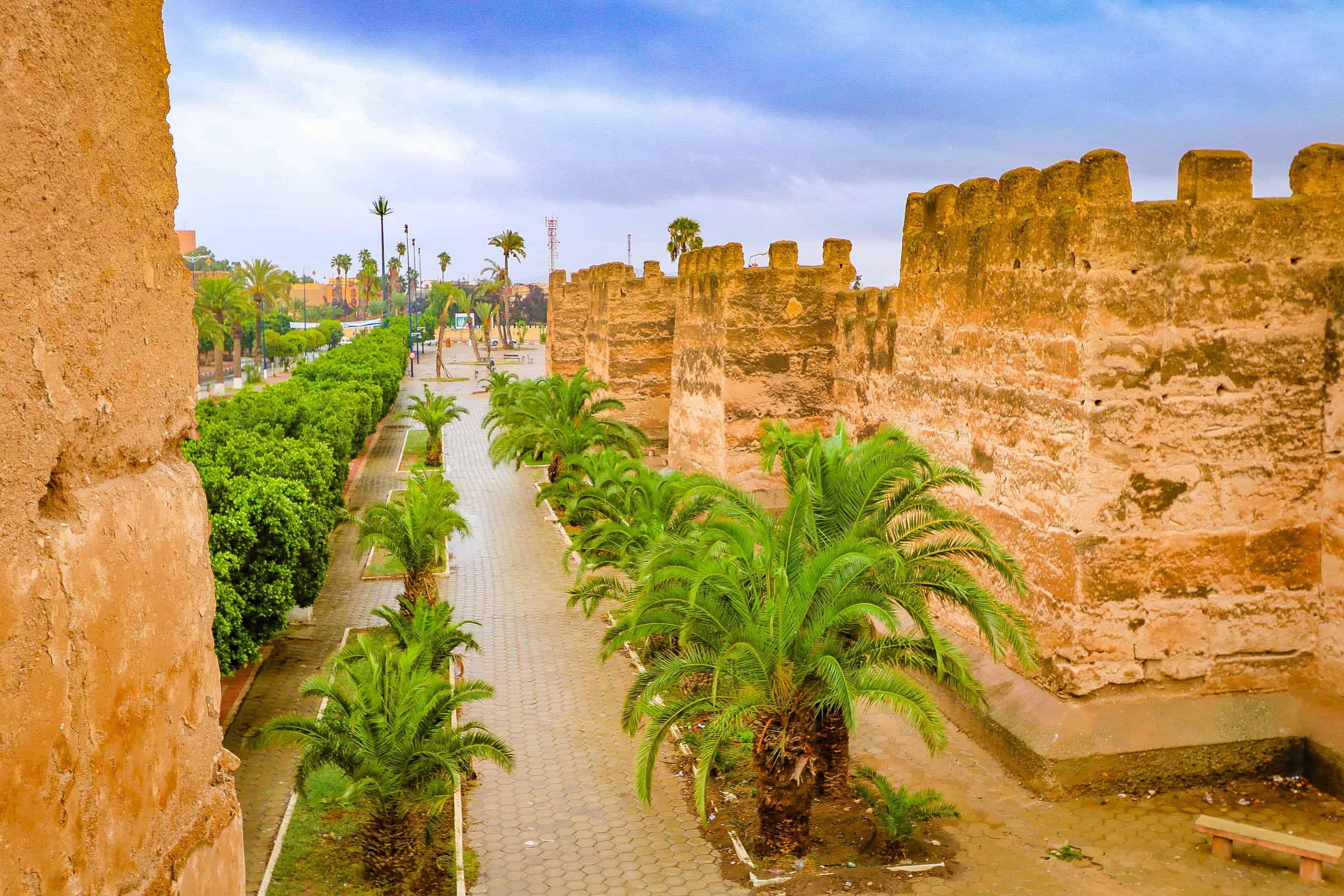
Related Blogs
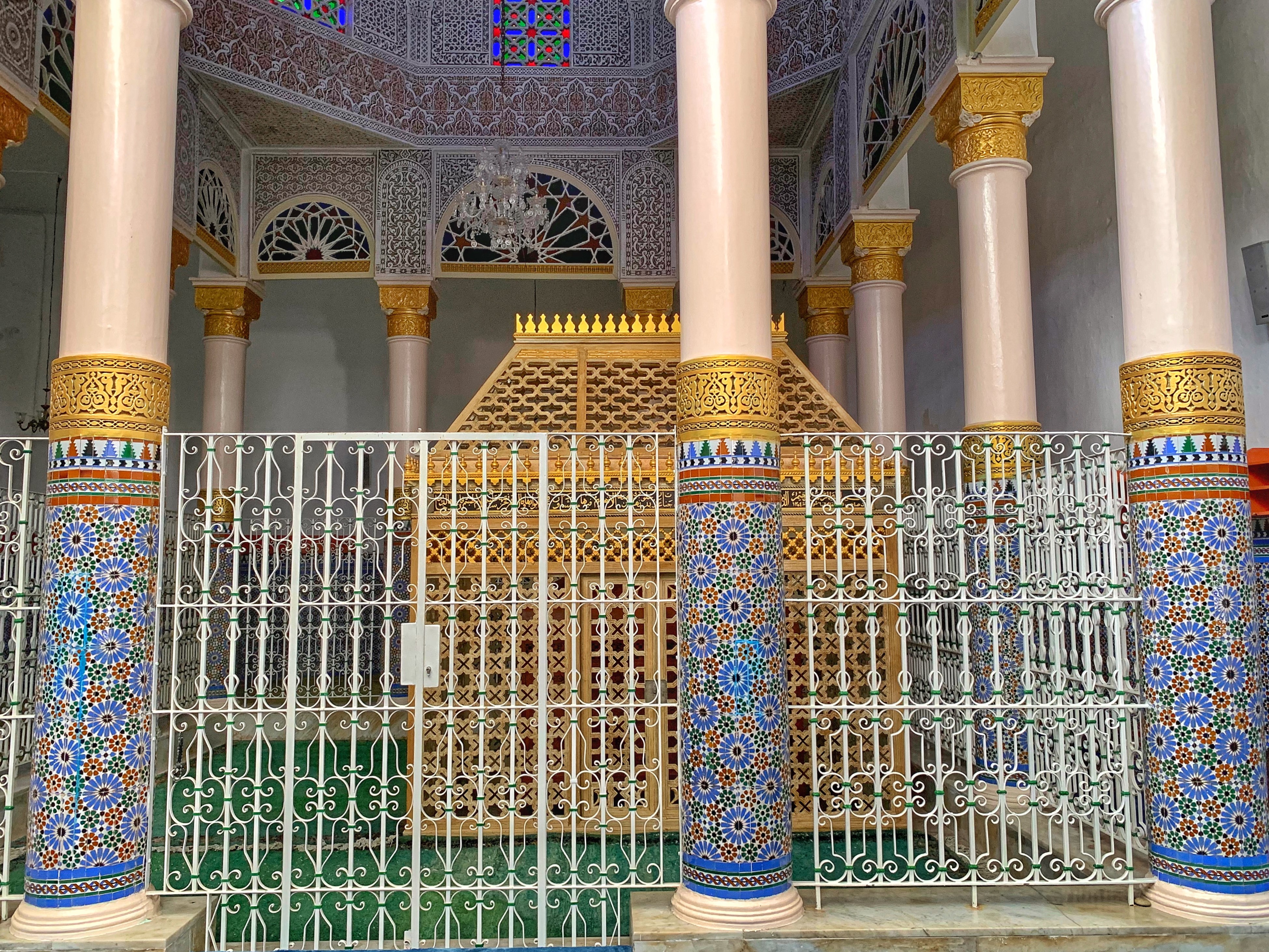
The Revolution Faqih And The Scholar of All Madhhab - Sheikh Abdellah Ibn As-Siddiq Al Ghumari
Tangier is the most Northern city of Morocco and also the gateway connecting Africa to Europe via its Strait of Gibraltar. Spain is about 20 kilometres away. It has influence from the days of the Carthaginian, Roman, British, Spanish, Portuguese, French and finally the Arab forces. For the past 10 years with the current King, King Mohammad VI...
Read More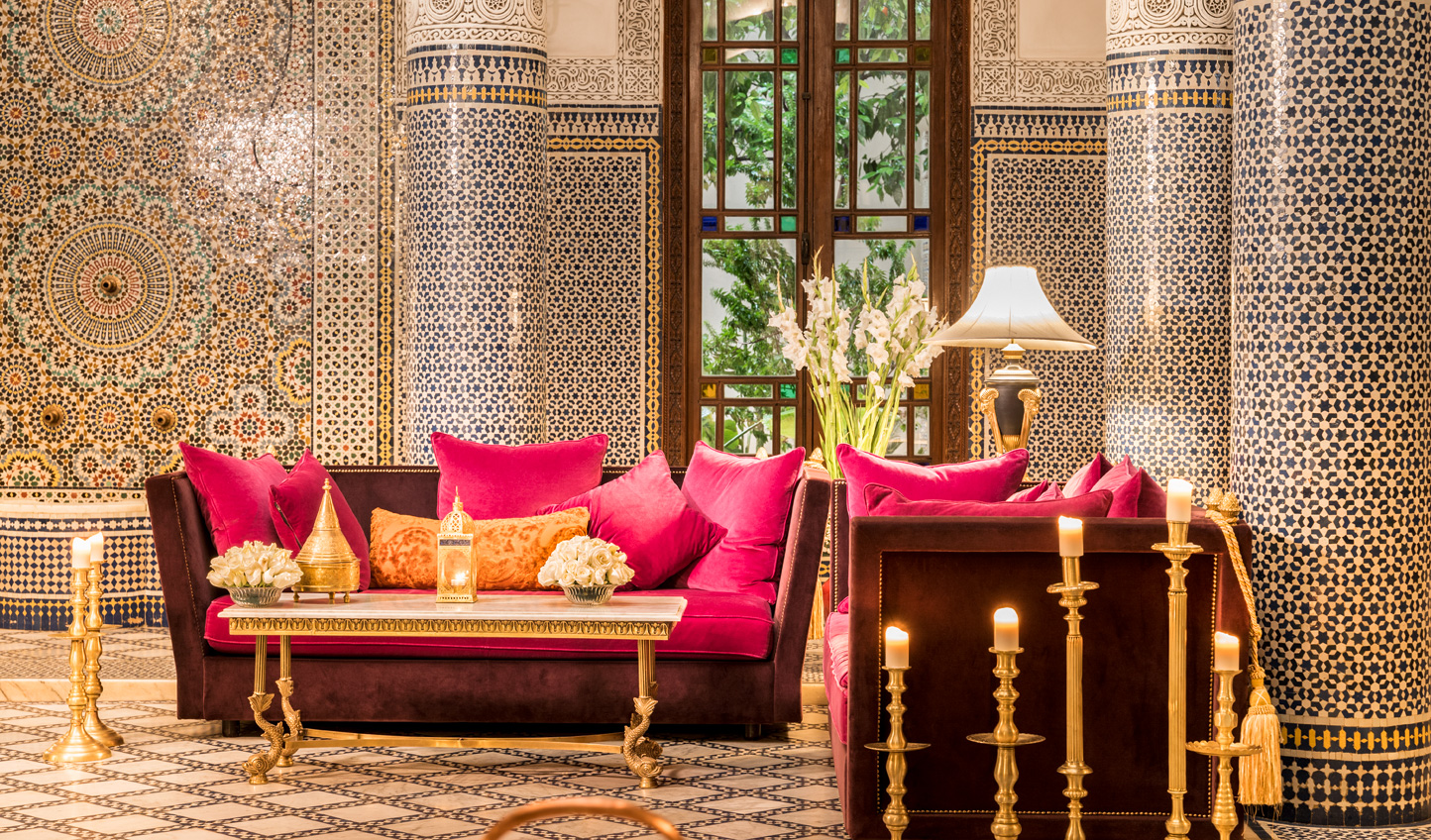
Morocco Exotic Accommodation
A simple description of a Riad, will be a multi storey ancient house built on the concept of an open sky courtyard with it perimeters or surrounding by rectangular shapes dining, living and bedroom all facing..
Read More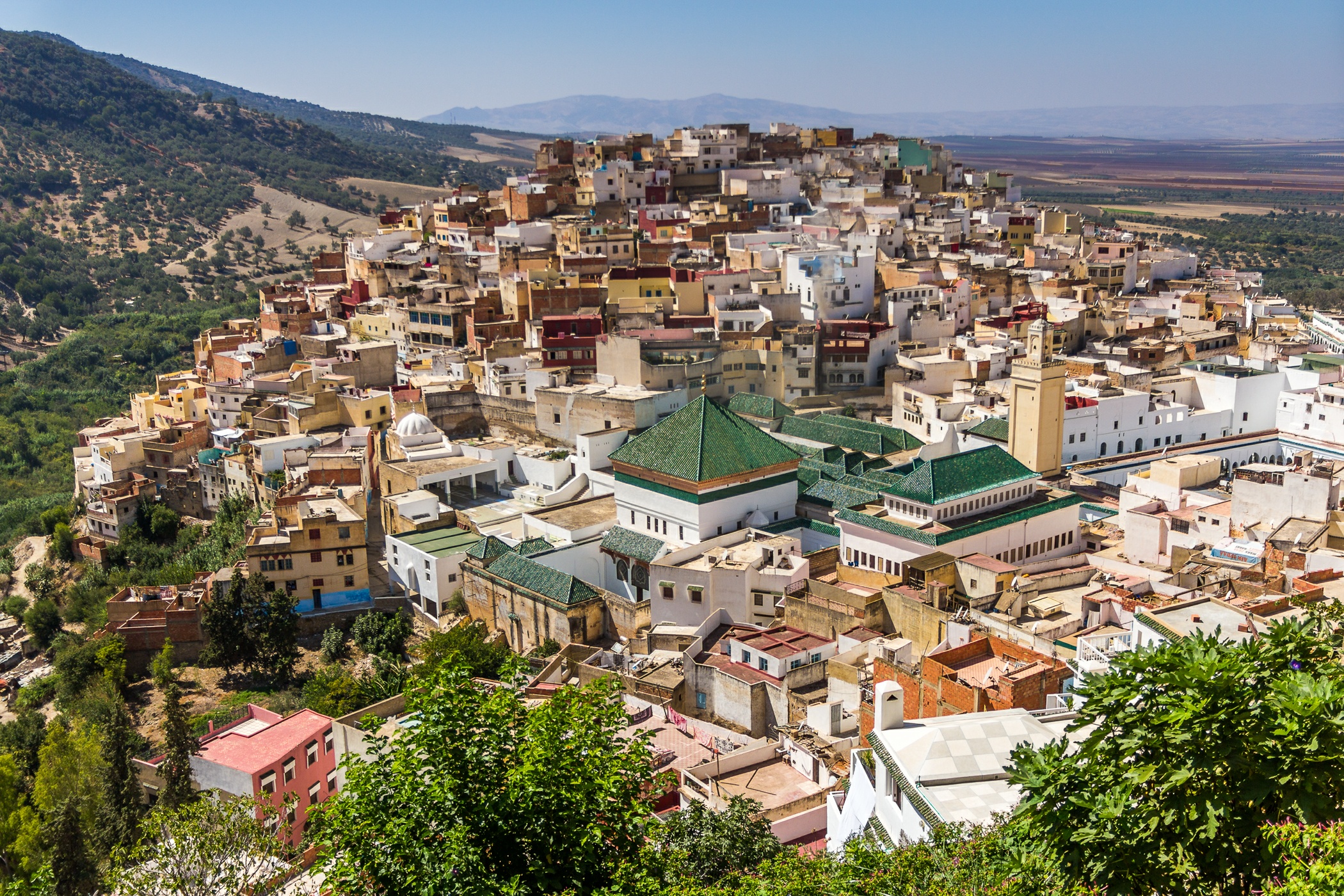
See With Your Heart, A Visit to Morocco Mecca – Moulay Idriss Zerhoun
Before 2005, non Muslim are not permitted to stay overnight in Moulay Idriss. This town has a deep history dated back to 789, Moulay Idriss el Akhbar, the great grandson of Phophet Muhammad came and bring along the teaching of Islam...
Read More